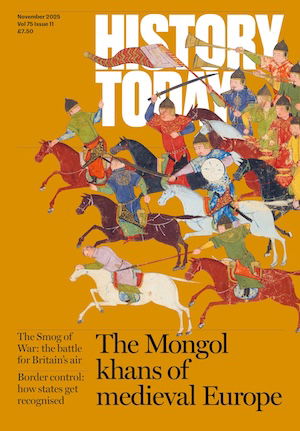Inventing Cyrillic
The Cyrillic alphabet is celebrated across the Slavonic-speaking world, but not only as an appreciation of literacy – it has a political dimension too.

Used by over 250 million people across the Balkans, Russia, Ukraine, the Baltic, Central Asia and as far as Mongolia, the Cyrillic alphabet, almost unique among the world’s alphabets, has its own holiday. Celebrated across the Slavonic-speaking states, the International Day of the Slavonic Alphabet and Culture takes place on 24 May in the Orthodox world and 5 July in the Catholic world.
Each year there are concerts and parades in honour of the ninth-century brothers who are credited with the invention of the letters, the Byzantine diplomats Constantine-Cyril and Methodius. The landscape of Eastern Europe is saturated with commemorative monuments: roads, schools, universities, libraries, chapels, statues, passport pages, all named after the brothers or bearing their likeness. From a Cyril and Methodius statue deep in Siberia’s Novosibirsk, to Cyril and Methodius Local Library in Prijedor, Bosnia, it is hard to ignore or avoid the brothers’ presence.







